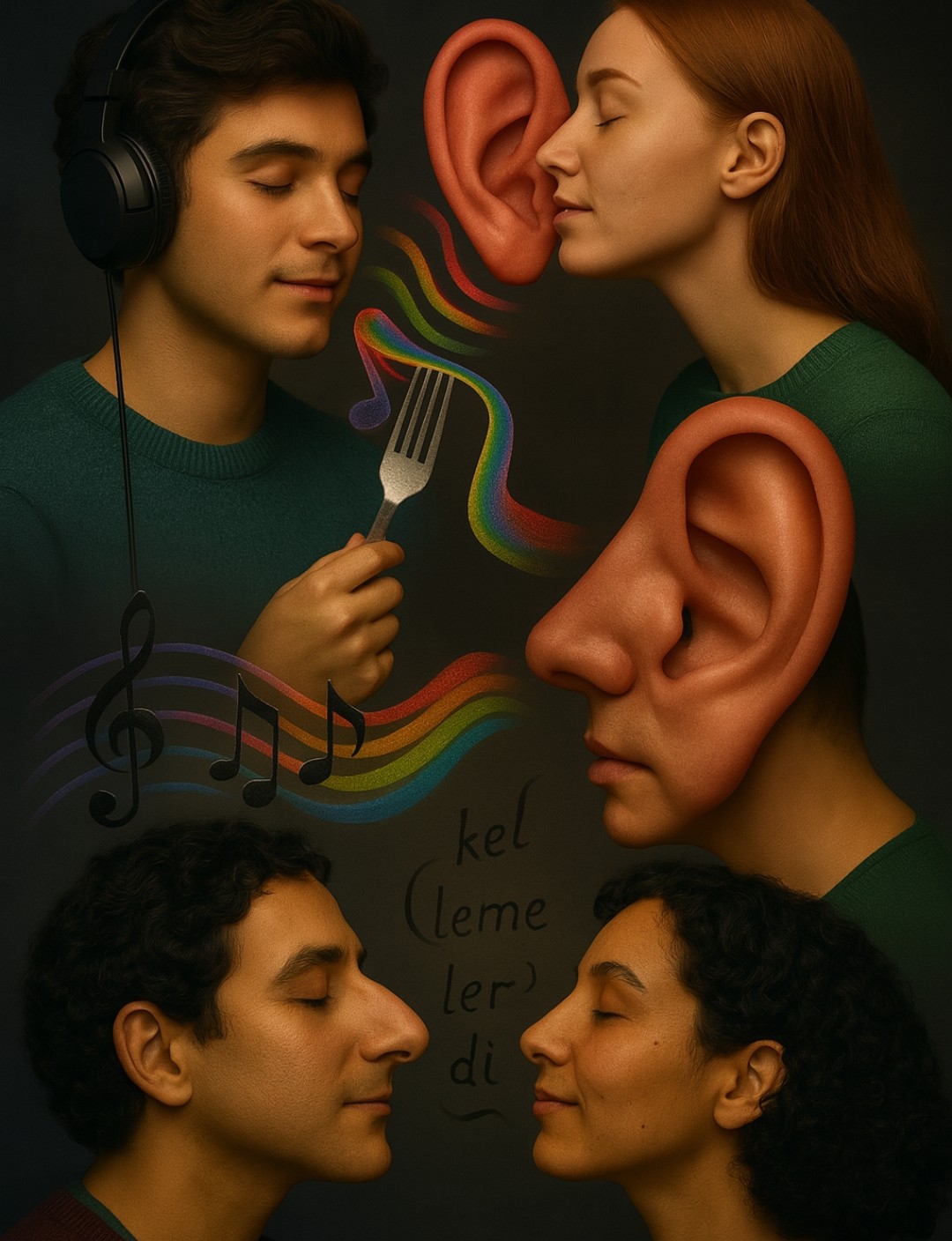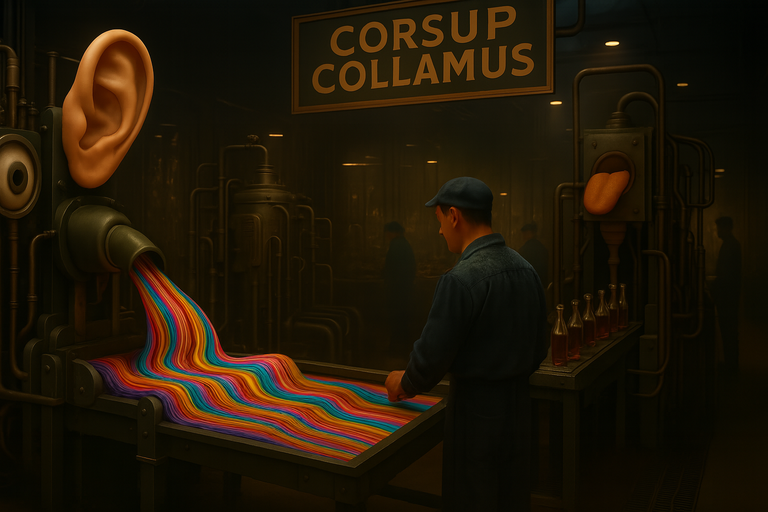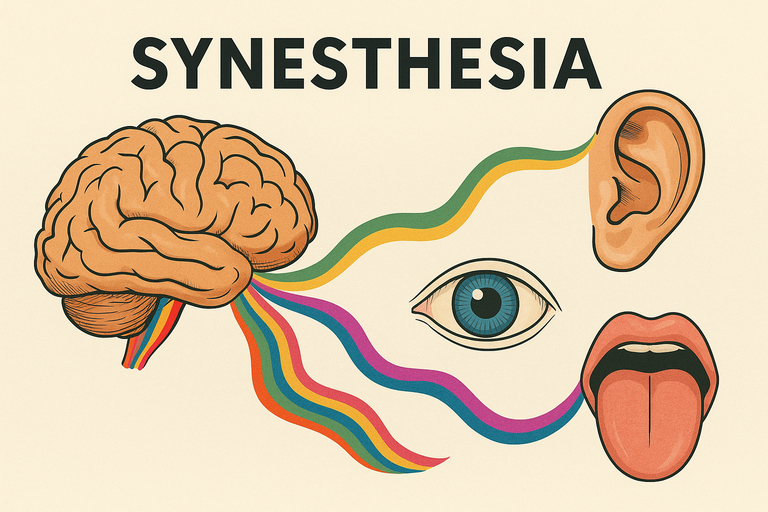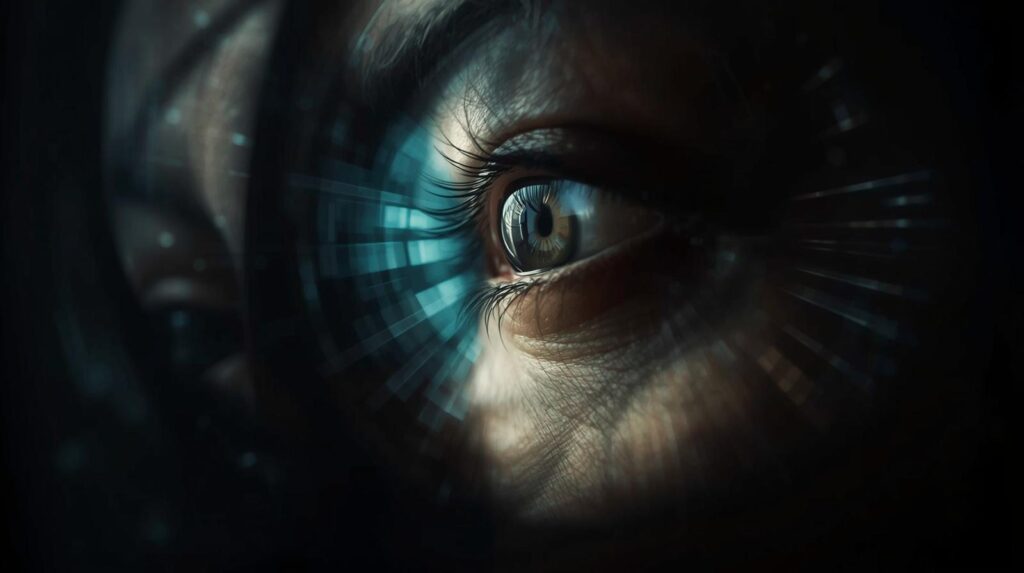Corsup Collamus LLC: Synesthesia Factory

Synesthesia is a neurological phenomenon in which the stimulation of one sense involuntarily triggers another. As we know, synesthetic individuals may “see” colors while listening to music, “feel” smells as shapes, or “taste” certain flavors when looking at words. Clearly, this condition not only provides extraordinary perceptual experiences but also enriches human creativity and thought processes. Now, I would like to tell you about a company: Corsup Collamus LLC Synesthesia Factory.
This company rejects traditional production and focuses on creating sensory experiences using the principles of synesthesia. In this company, the product is not a plastic or metal piece; it is the reconfiguration of human perception in a completely different way. At Corsup Collamus LLC, neurologists, psychologists, sound engineers, visual designers, scent experts, and chefs work together to design next-generation experiences.
Moreover, at Corsup Collamus LLC Synesthesia Factory, senses like color, sound, scent, and taste are brought together on a single production line. In particular, the user experience is not only physical but also extends into the cognitive realm. At the same time, the company works on a vision where cities, educational environments, and daily life will be transformed by multisensory products in the future. This company is not just a factory; it represents the beginning of a new era of perception.
Thanks to these efforts:

- The taste of city lights could be experienced.
- The scent of books could be listened to.
- The surfaces we touch could provide visual and auditory stimuli.
Corsup Collamus’s vision is based on the engineering-level redesign of multisensory interactions. Their slogan is: “We don’t produce things. We produce perception.”
Production Process of Corsup Collamus:
The process at Corsup Collamus is entirely based on sensory data processing rather than traditional production lines. Sensory Data Collection involves the collection of inputs like sound, scent, taste, and color through special sensor systems. For example, sounds are recorded in special acoustic rooms. Smells are distilled from memories. Tastes are bottled like a pure breeze. Ultimately, all these data are stored in high-resolution synesthetic data pools.
The second phase is the Sensory-to-Sensory Transformation – Exchange process. Using the company’s patented “Cross-Sensory Exchange Drum” technology, sounds take on the profile of taste, scents are transformed into visual forms, and colors are converted into auditory waveforms. At this stage, AI-supported algorithms analyze sensory data to create new combinations.
When we look at the third phase is Pressing and Blending. Light waves, sound frequencies, and aromatic particles are layered using micro-pressing technology. Light and notes are pressed together. Senses are stacked like layers. The resulting intermediate products are combined to produce multisensory outputs. In the final stage, there is the Output and Testing Process. Products are examined for sensory compatibility at testing stations. During testing:
- Smelling creates a music experience.
- Tasting produces visual stimuli.
- Touching generates auditory responses.

The company also adapts new technologies toward the goal of “sensory fusion.” Thanks to AI-supported algorithms, for example, the color palette in an image can automatically be converted into a musical scale, or a sound file can generate unique visual patterns. This allows Corsup Collamus to create a unique synesthetic identity for a client’s brand — from logos to ringtone, from website animations to the scent in physical stores, creating a consistent and integrated sensory world.
Corsup Collamus LLC: The Future Vision in the Real World

In a conclusion, the use of combined senses has also found its place in industrial design and marketing. Today, the concept of “multisensory design” aims to create experiences that simultaneously activate different senses in product and service development. A striking example from the real world is the sound-taste matching applications emerging in the food and beverage sector. Research from Charles Spence and his team at the University of Oxford has shown that auditory stimuli can have surprising effects on our sense of taste. For instance, high-pitched sounds make sweet or sour flavors more pronounced, while low-frequency hums can enhance bitter tastes.
On the other hand, these scientific insights have brought innovative approaches to multisensory production models. Indeed, some restaurants and brands have started composing music for their menus under the concept of sonic seasoning. For example, in a fine-dining restaurant, soft and high-pitched music playing during dessert can make customers perceive the dessert as sweeter.
Spotify collaborated with an alcoholic beverage company in Australia for a campaign called “Songmelier,” where it suggested playlists suitable for wines. The Wine Listening app offers music tracks that match the character of the wine you are drinking, based on the bottle’s label. Similarly, experimental events in various London restaurants featured special soundscapes prepared by a German DJ to complement each dish, creating a multisensory dining experience based on scientific sonic seasoning principles.


